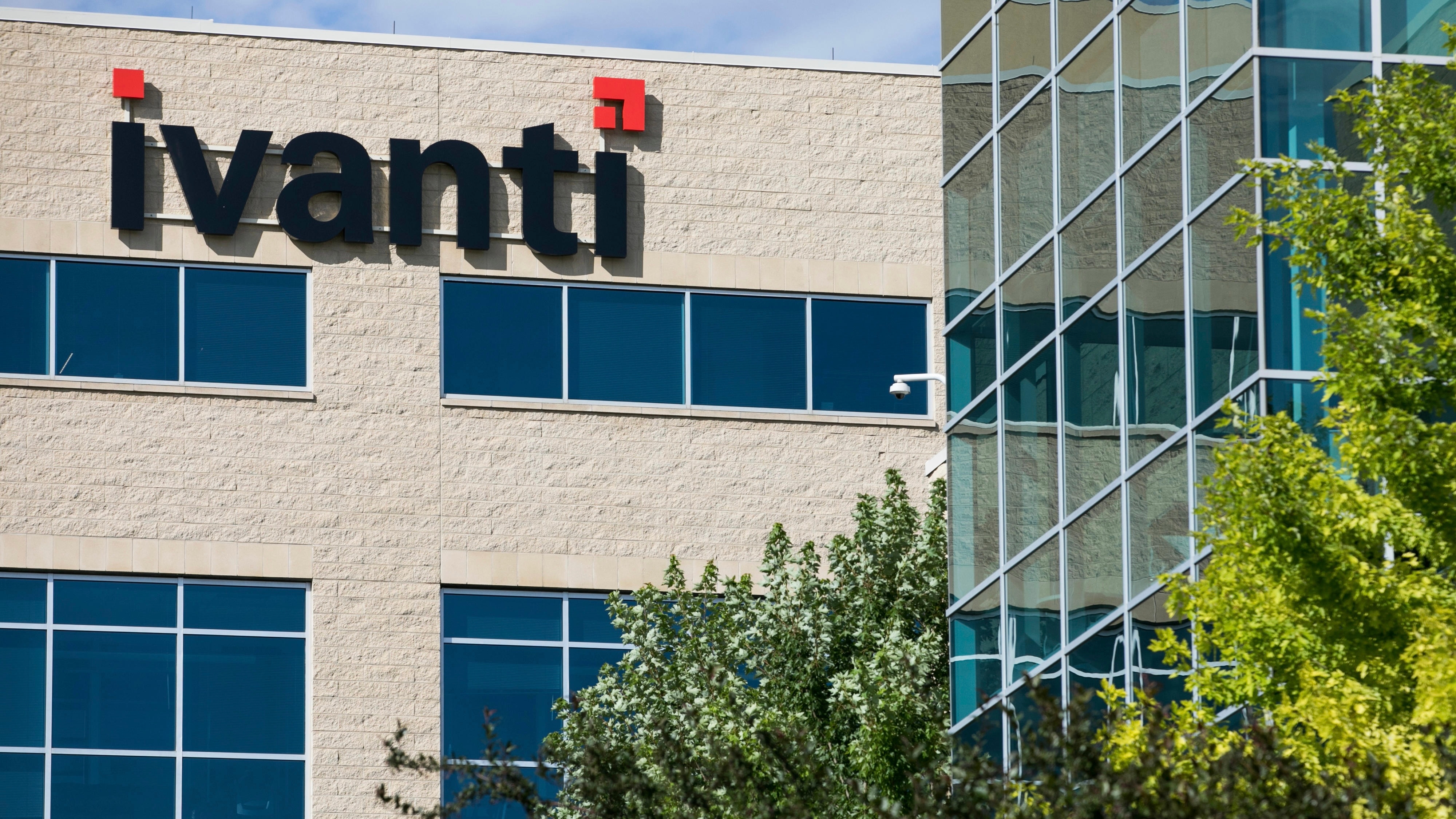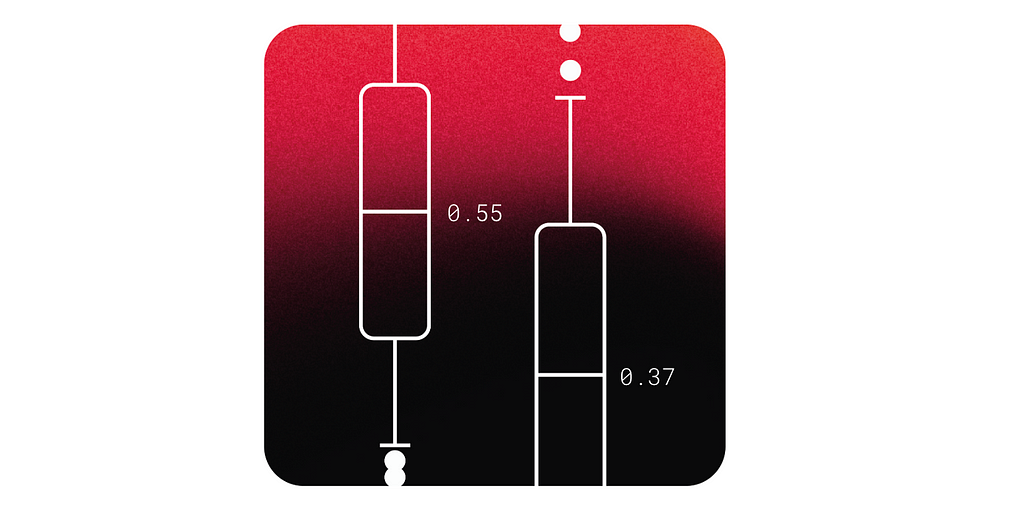Top Benefits of Zero Trust Security Architecture: Enhancing Your Cybersecurity Strategy
Introduction: The Growing Need for Zero Trust Security In today’s rapidly evolving cyber threat landscape, organizations must rethink their cybersecurity strategies to protect sensitive data, networks, and systems. Traditional security models, which often focus on perimeter defense, are no longer sufficient to mitigate the risks posed by increasingly sophisticated cyber-attacks. This shift has led many businesses to adopt a Zero Trust security architecture, a model that emphasizes verifying every user, device, and application trying to access resources. Unlike legacy approaches that implicitly trust internal network traffic, Zero Trust assumes that all devices and users—whether inside or outside the organization’s perimeter—could be compromised and therefore, should be scrutinized at every step. This comprehensive, data-centric security approach is designed to minimize risks, tighten security controls, and ensure that unauthorized access is prevented. By enforcing the principle of "never trust, always verify," Zero Trust enhances the overall cybersecurity posture, protects critical assets, and reduces the likelihood of a breach. In this article, we will explore the top benefits of implementing a Zero Trust security architecture, and why it’s becoming an essential part of modern cybersecurity strategies. 1. Enhanced Security: Verifying Every Access Request The core of Zero Trust security lies in the idea that no entity, whether inside or outside the network, should automatically be trusted. This radical shift in cybersecurity philosophy significantly improves the security posture of an organization. In traditional models, once a user or device gains access to the network, they are often trusted to access a broad range of resources until they leave the network. However, this approach is vulnerable to insider threats, compromised credentials, and other types of attacks. With Zero Trust, access is granted only after each access request is authenticated and authorized based on several factors, such as the identity of the user, the device's security posture, the location of access, and the sensitivity of the requested resource. By ensuring that each connection is continuously authenticated and authorized, the risk of a breach is minimized, even if an attacker manages to infiltrate the network. Moreover, Zero Trust involves applying the principle of least privilege, ensuring that users and devices have only the access necessary to perform their job functions. For example, a marketing employee may only need access to marketing files, but not to sensitive financial data. This segmentation reduces the attack surface and prevents unauthorized lateral movement within the network. 2. Reduced Attack Surface: Limiting Exposure and Segmentation One of the most significant benefits of adopting a Zero Trust security model is the reduction of the overall attack surface. In a traditional network, once a user gains access to a system, they can often move laterally across the network, accessing various resources without much restriction. This open approach increases the risk of a breach, especially if the attacker manages to escalate privileges or pivot across systems. Zero Trust mitigates this risk by enforcing strict network segmentation. Each segment of the network is isolated from the others, meaning that even if an attacker compromises one part of the network, they cannot easily access other areas without additional authentication and authorization. This segmentation restricts the pathways an attacker can use, making it much harder for them to move through the network undetected. Furthermore, Zero Trust’s segmentation allows security teams to isolate and contain breaches more effectively. If a security breach is detected, the affected segment can be quickly quarantined, preventing the attacker from gaining access to other parts of the organization. This containment minimizes the impact of an attack, helping to limit the damage and maintain business continuity. 3. Better Visibility and Control: Continuous Monitoring of Network Activities Zero Trust doesn’t just focus on restricting access; it also emphasizes continuous monitoring of user and device behavior across the network. The continuous monitoring of access requests, network traffic, and system interactions allows security teams to gain deeper visibility into network activities. This heightened visibility is essential for detecting suspicious behavior, identifying potential security breaches, and responding quickly to emerging threats. Unlike traditional security models, which may only trigger alerts for certain predefined threats, Zero Trust constantly evaluates and validates user and device actions against established policies. This makes it easier to detect anomalies or activities that deviate from the normal patterns of behavior, such as a user trying to access data they have never interacted with before or a

Introduction: The Growing Need for Zero Trust Security
In today’s rapidly evolving cyber threat landscape, organizations must rethink their cybersecurity strategies to protect sensitive data, networks, and systems. Traditional security models, which often focus on perimeter defense, are no longer sufficient to mitigate the risks posed by increasingly sophisticated cyber-attacks. This shift has led many businesses to adopt a Zero Trust security architecture, a model that emphasizes verifying every user, device, and application trying to access resources. Unlike legacy approaches that implicitly trust internal network traffic, Zero Trust assumes that all devices and users—whether inside or outside the organization’s perimeter—could be compromised and therefore, should be scrutinized at every step.
This comprehensive, data-centric security approach is designed to minimize risks, tighten security controls, and ensure that unauthorized access is prevented. By enforcing the principle of "never trust, always verify," Zero Trust enhances the overall cybersecurity posture, protects critical assets, and reduces the likelihood of a breach. In this article, we will explore the top benefits of implementing a Zero Trust security architecture, and why it’s becoming an essential part of modern cybersecurity strategies.
1. Enhanced Security: Verifying Every Access Request
The core of Zero Trust security lies in the idea that no entity, whether inside or outside the network, should automatically be trusted. This radical shift in cybersecurity philosophy significantly improves the security posture of an organization. In traditional models, once a user or device gains access to the network, they are often trusted to access a broad range of resources until they leave the network. However, this approach is vulnerable to insider threats, compromised credentials, and other types of attacks.
With Zero Trust, access is granted only after each access request is authenticated and authorized based on several factors, such as the identity of the user, the device's security posture, the location of access, and the sensitivity of the requested resource. By ensuring that each connection is continuously authenticated and authorized, the risk of a breach is minimized, even if an attacker manages to infiltrate the network.
Moreover, Zero Trust involves applying the principle of least privilege, ensuring that users and devices have only the access necessary to perform their job functions. For example, a marketing employee may only need access to marketing files, but not to sensitive financial data. This segmentation reduces the attack surface and prevents unauthorized lateral movement within the network.
2. Reduced Attack Surface: Limiting Exposure and Segmentation
One of the most significant benefits of adopting a Zero Trust security model is the reduction of the overall attack surface. In a traditional network, once a user gains access to a system, they can often move laterally across the network, accessing various resources without much restriction. This open approach increases the risk of a breach, especially if the attacker manages to escalate privileges or pivot across systems.
Zero Trust mitigates this risk by enforcing strict network segmentation. Each segment of the network is isolated from the others, meaning that even if an attacker compromises one part of the network, they cannot easily access other areas without additional authentication and authorization. This segmentation restricts the pathways an attacker can use, making it much harder for them to move through the network undetected.
Furthermore, Zero Trust’s segmentation allows security teams to isolate and contain breaches more effectively. If a security breach is detected, the affected segment can be quickly quarantined, preventing the attacker from gaining access to other parts of the organization. This containment minimizes the impact of an attack, helping to limit the damage and maintain business continuity.
3. Better Visibility and Control: Continuous Monitoring of Network Activities
Zero Trust doesn’t just focus on restricting access; it also emphasizes continuous monitoring of user and device behavior across the network. The continuous monitoring of access requests, network traffic, and system interactions allows security teams to gain deeper visibility into network activities. This heightened visibility is essential for detecting suspicious behavior, identifying potential security breaches, and responding quickly to emerging threats.
Unlike traditional security models, which may only trigger alerts for certain predefined threats, Zero Trust constantly evaluates and validates user and device actions against established policies. This makes it easier to detect anomalies or activities that deviate from the normal patterns of behavior, such as a user trying to access data they have never interacted with before or a device exhibiting unusual communication patterns.
Moreover, with granular access controls and real-time monitoring, organizations can respond to incidents faster and more accurately. By leveraging security information and event management (SIEM) solutions and advanced analytics, security teams can correlate logs, identify patterns, and investigate suspicious activities in real time. This level of visibility is critical for reducing the time it takes to detect and mitigate threats.
4. Improved Data Protection: Safeguarding Critical Information
Data is often the most valuable asset in an organization, and as cybercriminals become more sophisticated, protecting this data has become a top priority for businesses worldwide. Zero Trust plays a critical role in safeguarding sensitive data by ensuring that only authenticated and authorized users can access it.
Unlike traditional models, which may trust users or devices within the network and grant them broad access to data, Zero Trust enforces stringent data protection policies. This ensures that sensitive information is always encrypted, access is tightly controlled, and users can only view or modify data that aligns with their roles and responsibilities. This principle of least privilege limits the potential damage caused by data breaches or insider threats.
Moreover, Zero Trust can enforce data segmentation, where data is categorized based on sensitivity and access controls are applied accordingly. For example, personal identifying information (PII) may be stored separately from general business data and may require higher authentication measures to access.
5. Adaptability to Modern Work Environments: Securing Remote Access
The rise of remote work, cloud computing, and Bring Your Own Device (BYOD) policies have transformed the way organizations operate. These trends, while offering flexibility and scalability, also present new security challenges. Traditional perimeter-based security models struggle to secure remote workers, mobile devices, and cloud applications, as they often operate outside the protected perimeter of the corporate network.
Zero Trust is designed to address these challenges by focusing on identity verification, regardless of where a user or device is located. Whether a user is accessing the network from a corporate office, a coffee shop, or their home, Zero Trust ensures that every access request is verified and authorized before granting access to resources. This makes it an ideal solution for securing remote work environments, as it doesn’t rely on network location to determine trust.
With the increased adoption of cloud services and third-party applications, Zero Trust also provides greater control over who can access cloud-based data and resources. By enforcing strict access controls and ensuring that access is continuously authenticated, organizations can maintain a high level of security across distributed, cloud-based, and hybrid IT environments.
6. Faster Response to Threats: Minimizing the Impact of Breaches
Cybersecurity incidents can happen at any time, and when they do, the faster an organization can respond, the less damage they will experience. Zero Trust helps organizations respond more rapidly to security incidents by providing continuous monitoring and the ability to isolate compromised systems.
If an attacker gains access to one segment of the network, Zero Trust can quickly detect and prevent the attacker from spreading throughout the network. By enforcing strict access controls and segmenting resources, Zero Trust reduces the opportunities for attackers to escalate their attack. Additionally, detailed logging and real-time alerts help security teams to quickly identify the source of the breach and take corrective action before the threat can escalate further.
In the event of a breach, Zero Trust also enables faster recovery. Since access to sensitive resources is highly controlled and based on specific policies, the ability to identify and block affected users or devices helps to prevent the breach from spreading and minimizes downtime.
7. Compliance and Regulatory Benefits: Meeting Industry Standards
Data privacy regulations and industry-specific standards, such as GDPR, HIPAA, and PCI-DSS, are becoming increasingly stringent, requiring organizations to implement robust access controls, data protection measures, and continuous monitoring of their systems. Zero Trust aligns perfectly with these regulatory requirements by enforcing stringent access policies, maintaining detailed audit logs, and providing continuous monitoring and verification of user and device activities.
With Zero Trust, organizations can demonstrate compliance by ensuring that only authorized individuals and devices can access sensitive data, and that access is strictly monitored and logged. In case of a security audit or breach investigation, these detailed logs can provide an invaluable record of who accessed what data and when, helping organizations demonstrate their compliance efforts.
By adopting a Zero Trust architecture, organizations can reduce the risk of non-compliance penalties and protect their reputation by safeguarding sensitive data and respecting user privacy.
8. Reduced Insider Threats: Protecting Against Malicious or Compromised Employees
Insider threats remain one of the most significant risks to organizational security. A malicious insider or a compromised account can cause significant harm to the organization, whether through stealing sensitive data or disrupting operations. Zero Trust helps reduce the risk of insider threats by ensuring that all users—regardless of their status within the organization—are subject to the same authentication and authorization protocols.
By continuously monitoring user behavior and implementing granular access controls, Zero Trust ensures that even trusted employees cannot escalate their privileges or access sensitive data without proper authorization. Additionally, if a user's credentials are compromised, Zero Trust can quickly revoke access or limit the compromised account’s ability to move laterally within the network, reducing the potential damage.
9. Scalability: Adapting to Organizational Growth
As organizations grow, they often expand their IT infrastructure, incorporate new technologies, and onboard additional users and devices. Zero Trust is a scalable security model that can grow with the organization. It can be applied uniformly across both on-premise and cloud environments, ensuring that security policies remain consistent and effective as the organization scales.
Whether adding new offices, integrating new cloud services, or incorporating IoT devices, Zero Trust allows organizations to apply the same rigorous security controls across all parts of the network. This scalability ensures that the organization’s security remains robust, even as the network becomes more complex.
10. Simplified Security Management: Centralized Control and Policy Enforcement
Zero Trust allows organizations to manage security from a centralized platform, simplifying policy enforcement and management. Security teams can configure access policies, monitor activities, and respond to threats from a single console, streamlining operations. By having a single point of visibility, security teams can more effectively manage risks, improve response times, and ensure consistent enforcement of security policies.
Conclusion
Zero Trust security architecture offers a wide range of benefits that are crucial for modern organizations facing increasingly sophisticated cybersecurity threats. By eliminating the concept of trusted internal and external networks, implementing strict access controls, and continuously verifying users and devices, Zero Trust provides robust protection against data breaches, insider threats, and other cyber-attacks. As remote work and cloud computing continue to rise, Zero Trust will remain an essential approach for securing modern IT environments.
What's Your Reaction?

















































